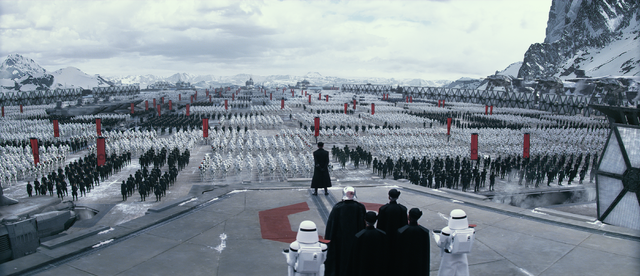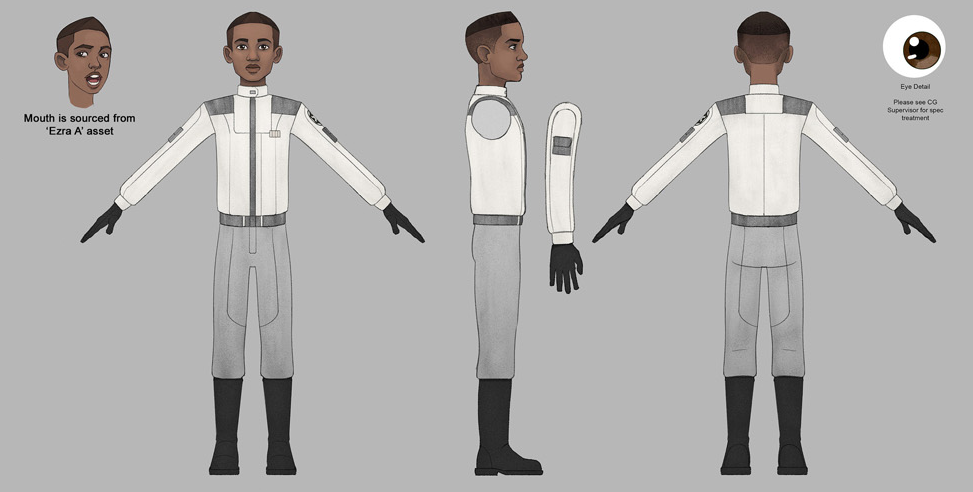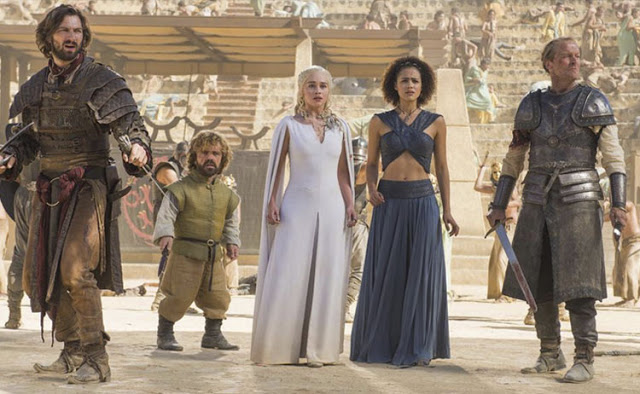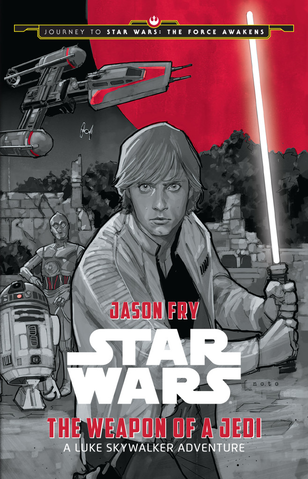 Jason Fry, author of more than thirty books in the Star Wars franchise, has already been gracious enough to grant us biannual interviews since Eleven-ThirtyEight’s inception; but this time was a challenge all around—not only did I have to cover his two different Force Friday releases, The Weapon of a Jedi and Moving Target, last Tuesday’s Servants of the Empire finale The Secret Academy, the upcoming third book in his Jupiter Pirates series, and any potential future projects in fewer than a hundred questions, but Jason himself was double-booked this past weekend (with appearances within a couple hours of each other at both New York Comic-Con and Star Wars Reads Day in the Maplewood Memorial Library in New Jersey). Luckily, we pulled it off—I assume it’s because he’s extra-pumped about the Mets being in the playoffs. Below we’ll discuss his Luke and Leia books; stay tuned for the latest on Zare Leonis, and more, on Wednesday.
Jason Fry, author of more than thirty books in the Star Wars franchise, has already been gracious enough to grant us biannual interviews since Eleven-ThirtyEight’s inception; but this time was a challenge all around—not only did I have to cover his two different Force Friday releases, The Weapon of a Jedi and Moving Target, last Tuesday’s Servants of the Empire finale The Secret Academy, the upcoming third book in his Jupiter Pirates series, and any potential future projects in fewer than a hundred questions, but Jason himself was double-booked this past weekend (with appearances within a couple hours of each other at both New York Comic-Con and Star Wars Reads Day in the Maplewood Memorial Library in New Jersey). Luckily, we pulled it off—I assume it’s because he’s extra-pumped about the Mets being in the playoffs. Below we’ll discuss his Luke and Leia books; stay tuned for the latest on Zare Leonis, and more, on Wednesday.
Might as well get the Force Awakens business out of the way. I’m always very interested in the mechanics of how they tease things from an upcoming film, and my original question was going to be how you ended up using Sarco Plank specifically in The Weapon of a Jedi. Then I read your recent piece on the Official Site, and you say that by the time you came aboard, not just Plank’s role but the general outline of the story was already in place. Is that typical in a situation like this, to be handed not just a character but a rough plot? The TFA elements of Moving Target, on the other hand, remain a little more mysterious; how much of that book was decided before you and Cecil Castellucci became involved?
Every project is different, but I knew from the beginning that Weapon of a Jedi, as part of Journey to The Force Awakens, would be really different. For Weapon of a Jedi the basic plot was set, so I focused on figuring out Luke’s character and his arc – the book flies or dies based on how drawn in you are by Luke’s Force training and what he learns about the Force and himself. Contrast that assignment with, say, Servants of the Empire – for those books I had one episode to incorporate, a cameo to feature, and some story threads to include, but otherwise I had a free hand with the plots and characters. Read More
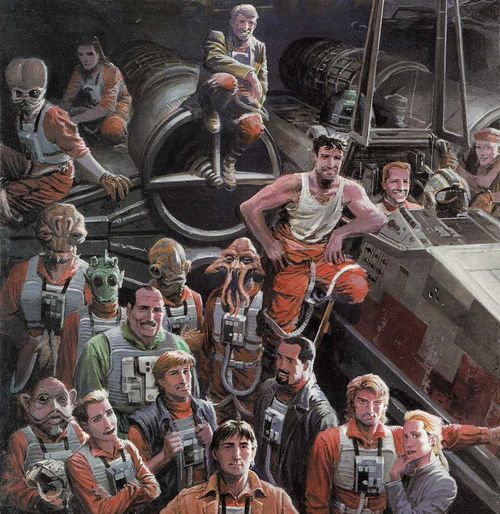 Picture two people, waking up on an average morning.
Picture two people, waking up on an average morning.